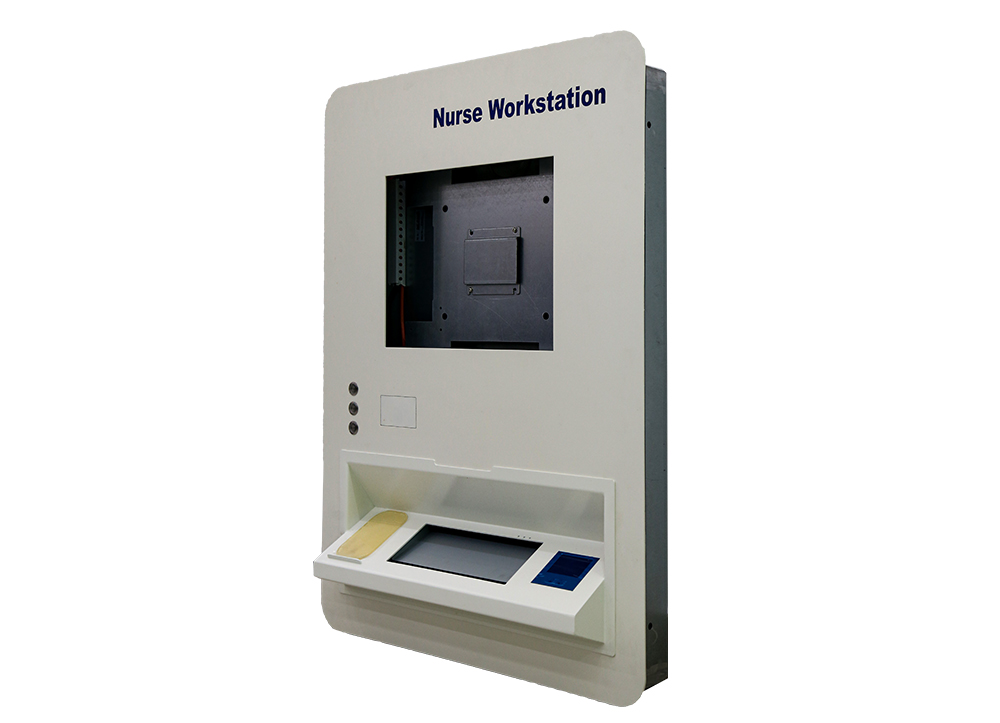Time:2022-11-18 Preview:
OSI 7-layer model
Application layer: provide network services for applications.
Presentation layer: provides encoding and conversion functions for application layer data.

Session layer: responsible for establishing, managing and terminating communication sessions between presentation layers.
Transport layer: provides error detection before connection oriented or non connection oriented data transmission and retransmission.
Network layer: provide the router with a logical address to determine the path.
Data link layer: It controls the communication between the network layer and the physical layer.
Physical layer: transfers bit streams between devices.
TCP/IP five layer model
Application layer: BGP, DHCP, BFD, SNMP, MPLS LDP and other protocols.
Transport layer: TCP, UDP and other protocols
Network layer: mainly IP protocols, as well as IPSec, GRE, VRRP, OSPF, ICMP, PIM, IGMP and other protocols.
MPLS layer: MPLS, ARP, LACP, STP/RSTP/MSTP, IS-IS and other protocols.
Link layer: VLAN, PPPoE, PPP, HDLC and other protocols
 Related News
Related News·Daily maintenance of automatic lathes processing ·Precision Hardware Processing Factory Data Analysis of the Industry of Industry ·What are the factors for the wrinkling of precision metal stamping parts of non-standard precision h ·How to improve automation level in the field of stamping hardware processing ·The advantages and development trends of CNC machining ·The hardware spray paint can test the storage deterioration problem from several aspects ·Product quality of CNC parts products ·How to reduce the noise of precision part processing manufacturers? ·CNC processing process should be paid attention to ·Analyzing the differences between mechanical processing and CNC machining


